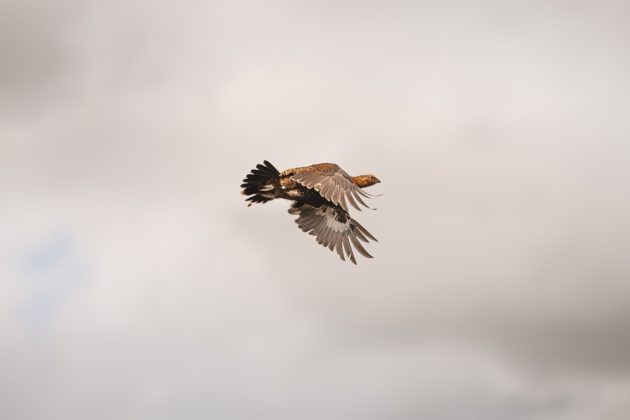As MPs prepare to discuss a Wild Justice petition to ban driven grouse shooting, the GWCT rebuts claims that the sport has a "disastrous effect" on wildlife an the environment.
Parliament will discuss the future of driven grouse shooting on 21 June. The much delayed debate follows a petition to ban the sport launched by Chris Packham’s Wild Justice group in July 2019.
This is not the first time MPs examine the issue: another petition, introduced by Eduardo Gonçalves of the League Against Cruel Sports (together with Packham), was debated by 21 MPs in October 2016. At the time, no one supported a ban and the GWCT, whose research was much quoted in the 2016 debate, believes the same will happen now.
“The subject of the debate is little different to that held in 2016, save for the addition of a misleading claim about the ‘disastrous effect’ grouse shooting has on ecology,” says James Swyer, one of the charity’s spokespeople. “Like then, we’ll ensure our research gets to MPs to help them make a reasoned and evidence-based decision.”
The GWCT has supplied both MPs and the media with briefing documents which rebut the petition’s claims that “intensive grouse shooting is bad for people, the environment and wildlife”.
Wild Justice maintains that the practice of moorland burning has a detrimental impact on climate change and can cause erosion and flooding. It also argues that culling predators and mountain hares damages moor ecosystems, while the economic benefits of grouse shooting are negligible when compared to ‘other real and potential uses of the UK’s uplands’.
Instead, counters the GWCT, grouse moors help preserve the upland landscape, supporting ground-nesting birds such as lapwing, curlew and plover, which benefit from predator control, and improving habitats by encouraging new heather growth, keeping scrub spread in check and ensuring a variety of different ages of plants.
The charity also reports that the carbon emitted through controlled moor burning is limited, whereas stretches of unmanaged heather pose a high risk of wildfires, with the ensuing impact not only to the environment, but also, potentially, on human life.
Similarly, the “evidence base regarding a possible impact of prescribed burning on flood risk is limited and still inconclusive,” according to GWCT, which notes that one of the greatest causes of environmental damage on the moors is drainage, which happened on a massive scale between the 1950s and the 1980s for agricultural purposes: ‘It is often incorrectly stated that moor owners drained the moors for grouse shooting and that this practice continues. In fact, many grouse moor owners have contributed to blocking up these drains in recent years, thereby rewetting the landscape.’
Perhaps most critical, however, is the GWCT’s response to Wild Justice’s claim that there are better uses for British uplands. With tourism deemed ‘unlikely to replace the principal economic land uses for landowners,’ alternatives to grouse shooting range from sheep grazing to forestry and wind farms, all of which, argues the charity, have a significant impact on the local wildlife and habitats.
“In 2019, the Government responded to the petition confirming it had no plans to ban grouse shooting,” says Swyer. “I have faith that a robust debate will come to the same conclusion.”
To help secure the future of driven grouse shooting, The Countryside Alliance is urging people to email their MP ahead of 21 June. You can do that easily through the CA’s website: email your MP now.





